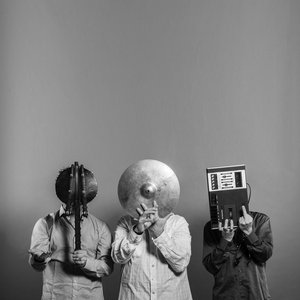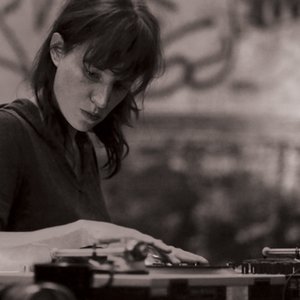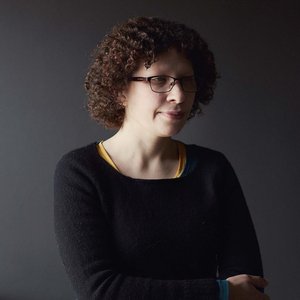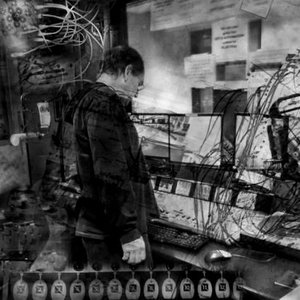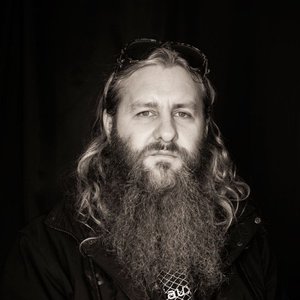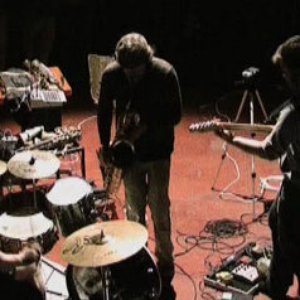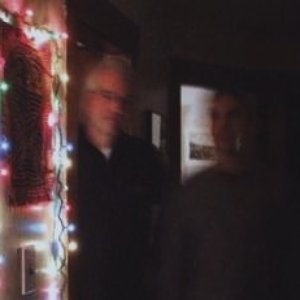Biography
The Cray Twins make electronic instruments from the wind & the waves. From traffic & machinery. From birds' wings & human voices. They build their harmonic & melodic structures by sculpting recordings of the landscape. The music is experimental, but driven by the sources of things, rather than the desire for novelty.
:::
The Cray Twins were born 23 seconds apart, at 9am on the 30th of April 1981. From an early age a synchrony in their habits was apparent. A certain obsessive quality of temperament, revolving around sets and the physical organisation of objects, marked their formative years. At school they showed an aptitude for mathematics, and a dislike of biology "bordering on fanaticism". They were jointly excluded from their school, after excoriating a teacher over the inelegance of an algebraic proof.
And so the Cray Twins' collective evolution began. The old and "discredited" was swept out. "Absolute precision in the investigation of auditory phenomena" was recognised as the "prime necessity". Cray Zero takes up the story.
"Our first sonic work was derived from the construction of a regular decagon, using only compasses and straightedge. However we later came to realise our error: we had chosen a subject to which we were emotionally attached.
"We realised we could no longer tolerate a return to the old errors. We must abandon the human standard of ethics, and instead propel ourselves towards a new imperative: the only alternative. Our music, it was clear, must be nothing less than the total optimisation of air."
The Twins were soon hailed as saviours of the avant garde - but were, however, quick to reject 'this trap'. "Just as the present mainstream is the avant garde of the past, so the avant is nothing more than the mainstream of the future." Soon they had founded the influential postAvant scene - described by indolent critics as "more avant than the avant" - which rejected all notions of the experimental as arbitrary, whereas "the true procedure is both demonstrable and exact."
Their eagerly-awaited debut performance at the legendary "Scene Discontinuous" venue - the European hub of the postAvant - commenced with the activation of a piece of machinery which flooded the auditorium with a thick smoke, forcing the audience to evacuate to the street. The performance then proceeded at a precisely-measured low volume, with only occasional passages being audible to anyone but the gasmasked performers themselves.
This procedure initially caused an amount of ill-feeling. Scuffles broke out in the street outside the venue, between hostile critics and the so-called "Ultras" - diehard postAvant fans. The police were called.
The following day however, the anti-performance was praised in unrestrained terms by the influential Danish critic Morten Lynge. It represented, he urged, the beginning of a new age of hyperlibertarian art, in which the individual was boundlessly free to speculate on the nature of the work, rather than being constrained by the "authoritarian presence of the object". It thus surpassed all previous (and now-redundant) forms of art, Lynge contended, in that it enabled the critic to "imagine in absentia" a work which excelled in all respects, rather than one which "might prove, in fact, merely pedestrian".
The Cray Twins had arrived.
Their debut album "The Pier" (Fang Bomb) - released early 2016 - also features luminaries such as BJ Nilsen, Lucio Capece, Jos Smolders, Ken Vandermark and Tuomas Olikainen.
Artist descriptions on Last.fm are editable by everyone. Feel free to contribute!
All user-contributed text on this page is available under the Creative Commons Attribution-ShareAlike License; additional terms may apply.
